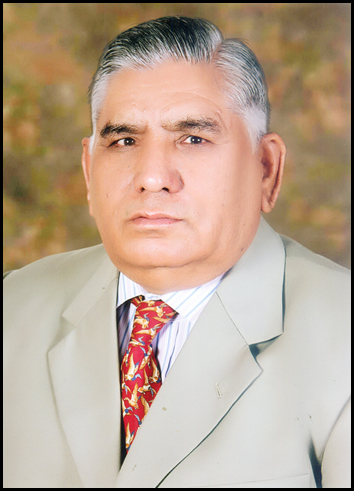

Shaukat Ali Jawaid
One of the major reasons behind the lack of medical care-seeking behavior, non-compliance with prescribed treatments, and the general failure to understand the importance of investing in healthcare is widespread ignorance—particularly among the rural population. Unfortunately, we do not have a functional School Health Service, and the media has largely failed to fulfill its role in educating the public about health. Healthcare professionals are also overburdened and often unable to devote time to patient education. As a result, we have not succeeded in controlling communicable diseases, while non-communicable diseases such as diabetes, hypertension, and cancer continue to rise—diabetes and hypertension having reached epidemic proportions. This situation underscores the urgent need for innovative approaches to educate the public on health issues using all available platforms.
One of the most effective tools could be the use of “Telefilms” for health education—an approach that proved successful in the mid-1980s. When a multinational pharmaceutical company launched its anti-TB drug Myambutol, someone proposed the brilliant idea of using a telefilm to raise awareness about tuberculosis and emphasize the importance of its treatment. The result was a powerful telefilm titled Ibrat, which was broadcast multiple times on PTV due to its popularity.
This 45-minute drama effectively illustrated the signs and symptoms of tuberculosis, the importance of early diagnosis through medical investigations, and the role of proper consultation and history-taking by healthcare providers. It also showcased the initiation of treatment with anti-TB drugs and highlighted necessary preventive measures. In the latter part of the film, the patient, having initially improved, discontinues the medication without medical advice, leading to a relapse and the development of multi-drug-resistant TB. The disease progresses, complications arise, and the story ends tragically with the patient’s death. The final scene, showing grieving relatives at the graveside, was profoundly moving. The film conveyed a powerful message: tuberculosis is preventable and treatable with readily available oral medications—no one should die from it today. Yet, Pakistan still struggles to control this disease.
Since people enjoy watching television, this medium can be effectively harnessed for health education. Telefilms not only inform but also entertain, making them an engaging and impactful tool. Professional medical associations in the country should explore this opportunity by engaging with scriptwriters and television networks. The substantial donations collected from the pharmaceutical trade and industry could be far more meaningfully invested in producing such telefilms. These productions could address a wide range of diseases including diabetes, hypertension, cancer, epilepsy, stroke, schizophrenia, ADHD, autism, and more.
Television channels can also contribute by offering subsidized airtime for such educational content. Rather than spending vast sums from pharmaceutical funding on conferences in five-star hotels, the medical community should ensure that these resources are put to better use. To realize this vision, responsible members of the medical profession, the pharmaceutical industry, and particularly influential, ethically driven physicians—Key Opinion Leaders—must step forward and support these initiatives.
This is not just an idealistic notion—it is practical, feasible, and achievable. If the leadership within the medical profession is genuinely committed to promoting health education, meaningful change is possible. Sadly, this is an area where we have failed repeatedly. One can only hope that this suggestion will not fall on deaf ears, and that those in positions of authority will give it the serious attention it deserves.



